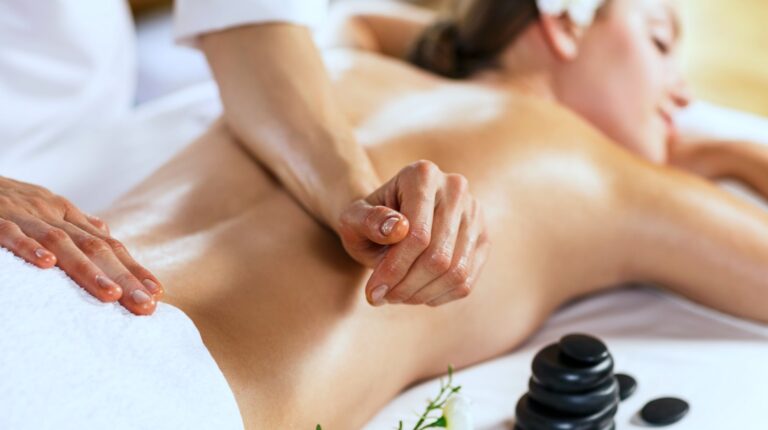Massages are a wonderful way to unwind, relieve stress, and promote overall well-being. Whether you’re a seasoned spa-goer or new to the world of massages, there are numerous ways to enhance your experience and maximize the benefits. From preparation to post-massage care, these relaxation tips will ensure you make the most of your massage.
Different Types of Massage
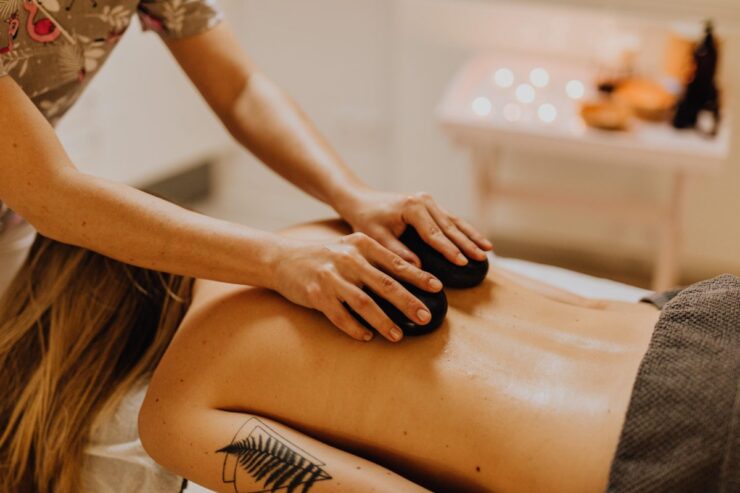
There are various types of massages, each offering unique benefits. Exploring different styles can help you discover what works best for your body and preferences:
- Mokpo massage (목포마사지) often incorporates elements of Korean traditional healing practices, such as acupressure and the use of herbal compresses. Acupressure involves applying pressure to specific points on the body to release tension and promote energy flow. This technique is rooted in the principles of traditional Korean medicine and aims to restore balance within the body.
- Deep tissue massage focuses on the deeper layers of muscle and connective tissue. It uses slower, more forceful strokes to target specific areas of tension and chronic pain. This type of massage can be intense, but it’s highly effective for relieving deep-seated tension.
- Hot stone massage incorporates smooth, heated stones placed on specific points of the body. The warmth from the stones helps to relax muscles and enhance the massage experience. The therapist may also use the stones to perform massage strokes.
- Aromatherapy massage combines the benefits of massage with the therapeutic properties of essential oils. Different oils are chosen based on your needs, whether it’s relaxation, invigoration, or stress relief. The scents enhance the overall experience and provide additional health benefits.
- Thai massage is a more active form of massage that involves stretching and gentle rocking. The therapist uses their hands, knees, legs, and feet to move you into various positions. Thai massage is known for its energizing effects and can improve flexibility and range of motion.
Preparing for Your Massage
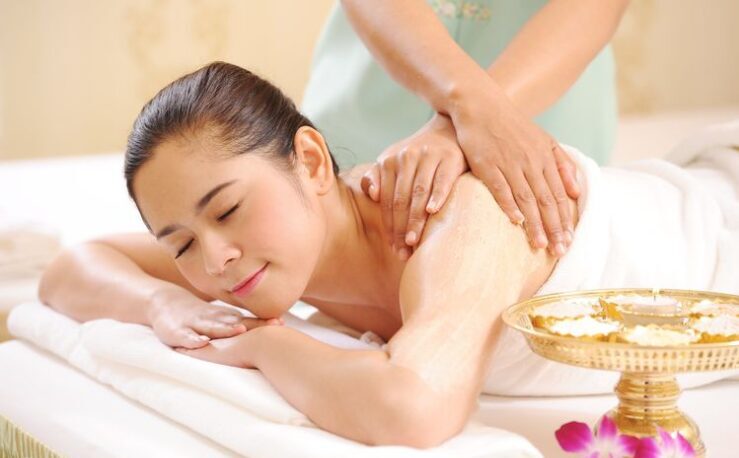
Proper preparation can significantly enhance your massage experience. Begin by scheduling your massage at a time when you can relax and not rush off to another commitment immediately afterward. This allows your body to fully benefit from the session.
On the day of your massage, try to stay hydrated. Drinking water before your appointment helps to keep your muscles hydrated and can aid in the elimination of toxins released during the massage. Avoid heavy meals right before your session, as a full stomach can be uncomfortable when lying face down. Light snacks like fruit or nuts are a better option if you’re hungry.
Choose comfortable clothing to wear to your appointment. Loose-fitting clothes are ideal, allowing you to easily change and feel comfortable after your session. Arriving a few minutes early can also help you transition from the hustle and bustle of your day to a more relaxed state. Use this time to fill out any necessary forms, communicate with your therapist about any specific needs or areas of concern, and start to unwind.
Setting the Right Mindset
Your mental state plays a crucial role in how much you enjoy and benefit from your massage. Approaching the session with a relaxed and open mindset allows you to fully immerse yourself in the experience. Take a few moments before your massage to practice deep breathing exercises. Inhale deeply through your nose, hold for a few seconds, and exhale slowly through your mouth. This simple practice can help calm your mind and prepare your body for relaxation.
Visualize your stress and tension melting away with each breath. Remind yourself that this time is dedicated to your well-being, and it’s okay to let go of any worries or distractions. If you find your mind wandering during the massage, gently bring your focus back to your breath and the sensations in your body. Being present in the moment enhances the therapeutic benefits of the massage.
Communicating with Your Therapist
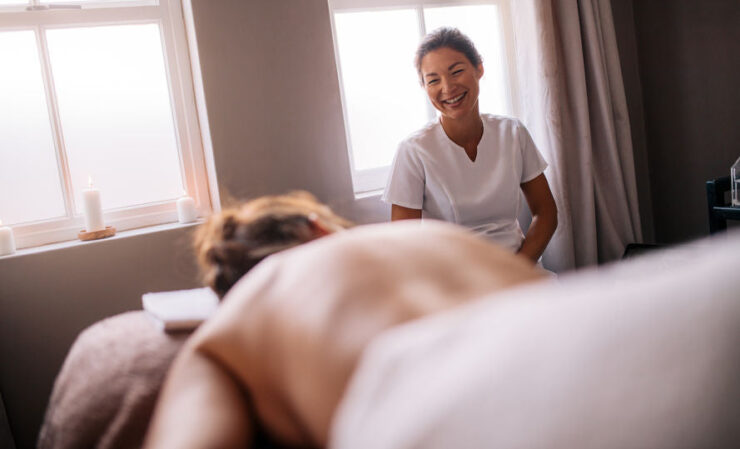
Effective communication with your massage therapist is essential for a tailored and satisfying experience. Before the session begins, discuss any areas of tension or discomfort you have. Whether it’s a stiff neck, lower back pain, or sore shoulders, providing this information helps your therapist focus on your specific needs.
Don’t hesitate to speak up during the massage if something doesn’t feel right. If the pressure is too intense or too light, let your therapist know. They are there to ensure your comfort and adjust their techniques accordingly. Some people feel shy about providing feedback, but remember that your therapist wants you to have the best experience possible.
Discuss any preferences you have regarding the use of oils or lotions. Some people prefer unscented products, while others enjoy the soothing effects of aromatherapy. Letting your therapist know your preferences ensures a more personalized experience.
Breathing and Relaxation Techniques
Your breathing can significantly impact how relaxed you feel during your massage. Focus on slow, deep breaths to help your body and mind relax. As your therapist works on different areas of your body, you might notice some spots that are more tender or tense. Instead of tensing up or holding your breath, try to breathe deeply into these areas. This can help release tension and make the massage more effective.
Incorporating a simple mantra can also enhance relaxation. Silently repeating a word or phrase, such as “relax” or “let go,” with each exhale can deepen your state of relaxation. This technique helps to quiet the mind and enhances the overall massage experience.
Post-Massage Care
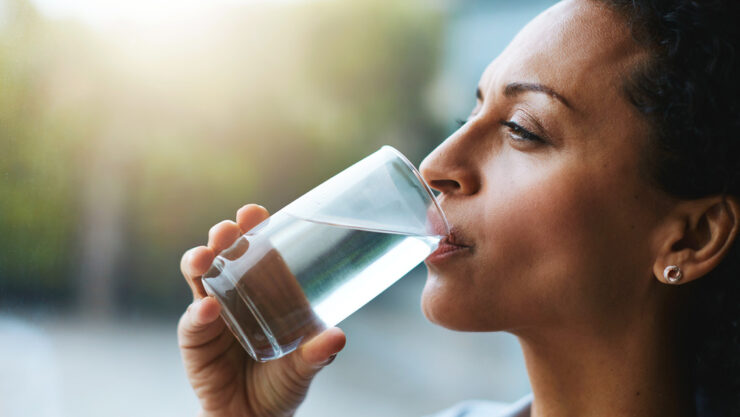
Your post-massage routine is just as important as the session itself. After your massage, take a few moments to slowly get up from the table. Sudden movements can cause dizziness or discomfort, so allow your body to adjust gradually.
Hydration is key after a massage. Drinking water helps to flush out any toxins released during the session and keeps your muscles hydrated. Herbal teas can also be a soothing option.
Avoid rigorous activities immediately after your massage. Your muscles need time to relax and recover, so give yourself permission to take it easy for the rest of the day. Gentle stretching can help maintain the benefits of the massage and prevent any post-massage soreness.
Take a warm bath with Epsom salts to further relax your muscles and enhance the effects of the massage. Epsom salts contain magnesium, which can help reduce muscle tension and inflammation.
Integrating Massage into Your Routine
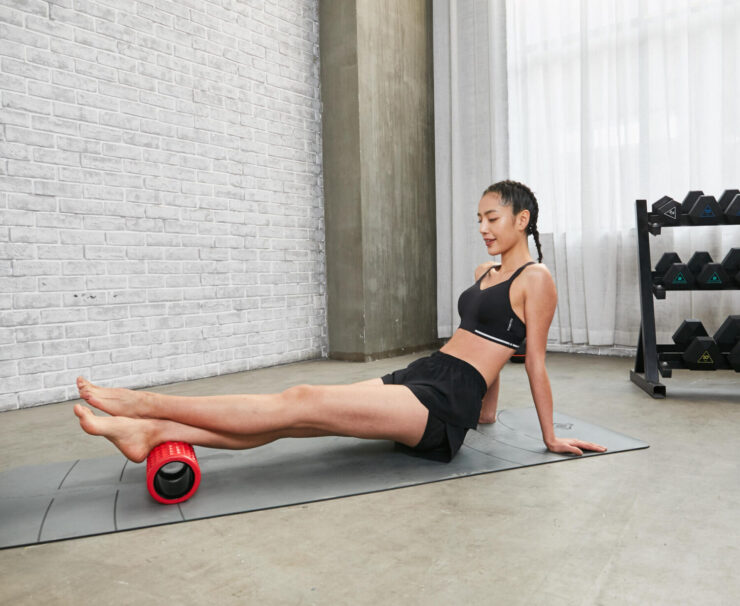
Regular massages can have long-term benefits for your physical and mental well-being. Consider incorporating massages into your self-care routine. Whether it’s monthly, bi-monthly, or quarterly, finding a schedule that works for you ensures you reap the ongoing benefits.
In between professional massages, you can practice self-massage techniques at home. Using a foam roller or massage balls can help relieve tension and maintain the effects of your sessions. There are plenty of online resources and tutorials available to guide you in self-massage techniques.

